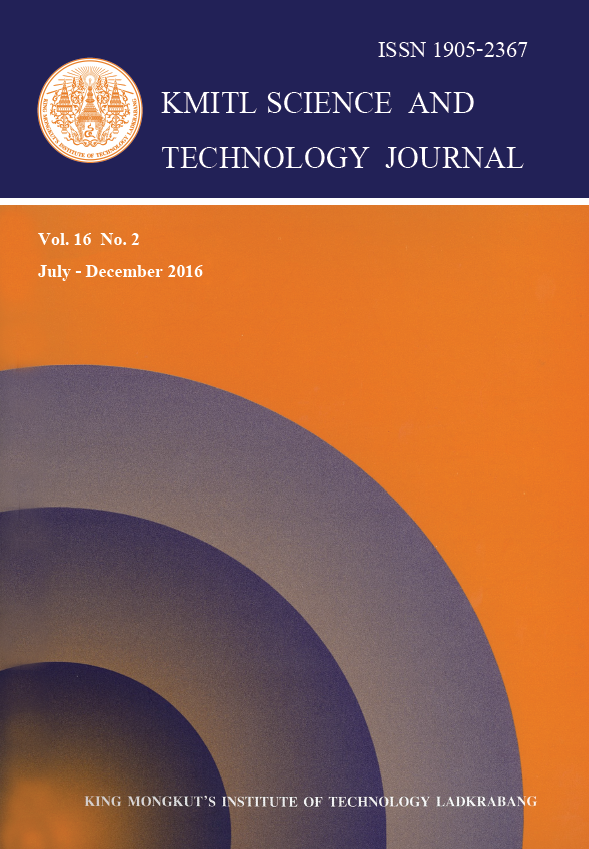Maternal effect and hybrid vigor using genetic relationships based on molecular distance estimated by RAPD technique and genetic relationships based on phenotypic distance estimated using 14 economic traits among four different parental genotypes of okra with their hybrids and reciprocal hybrids were evaluated. In RAPD technique, out of 19 random primers, only six of them were successful in generating reproducible and reliable 39 amplicons. Among studied genotypes, 29 amplicons were polymorphic with an average of 72.85% polymorphism .The estimated molecular and phenotypic distances ranged between 0.03 to 0.25 and 4.00 to 6.47, respectively. Non-significant positive correlation (r=0.45) between molecular and phenotypic distances was found. The genetic relationships based on molecular distances for all crosses and reciprocal crosses revealed that, some crosses (HK x Line2 and Line1 x Line2) appeared to have maternal effect, while some of the other crosses (HKxLine1 and Line2xLine3) appeared to have hybrid vigor. On the other hand, the genetic relationships based on phenotypic distance revealed that no maternal effect was shown in all crosses while those relationships were able to show hybrid vigor in most crosses. The results suggested the capability of genetic relationships based on molecular distances to clarify the maternal effect and hybrid vigor in some crosses. Besides, these results also indicated the efficiency of genetic relationships based on phenotypic distances using all studied traits to estimate hybrid vigor.
Keywords: Okra, RAPD, maternal effect, hybrid vigor, molecular distance, phenotypic distance
*Corresponding author:
E-mail: mohahassan2005@gmail.com
El-Aziz*, M. H. A. ., Hamada, M. S. l. ., Mohamed, S. Y. ., & Zaater, M. M. E. . (2018). Evaluation of Maternal Effect and Hybrid Vigorusing Genetic Relationships based on Molecularand Phenotypic Distances between Parents and theirHybrids in Okra. CURRENT APPLIED SCIENCE AND TECHNOLOGY, 70-82.

https://cast.kmitl.ac.th/articles/129894